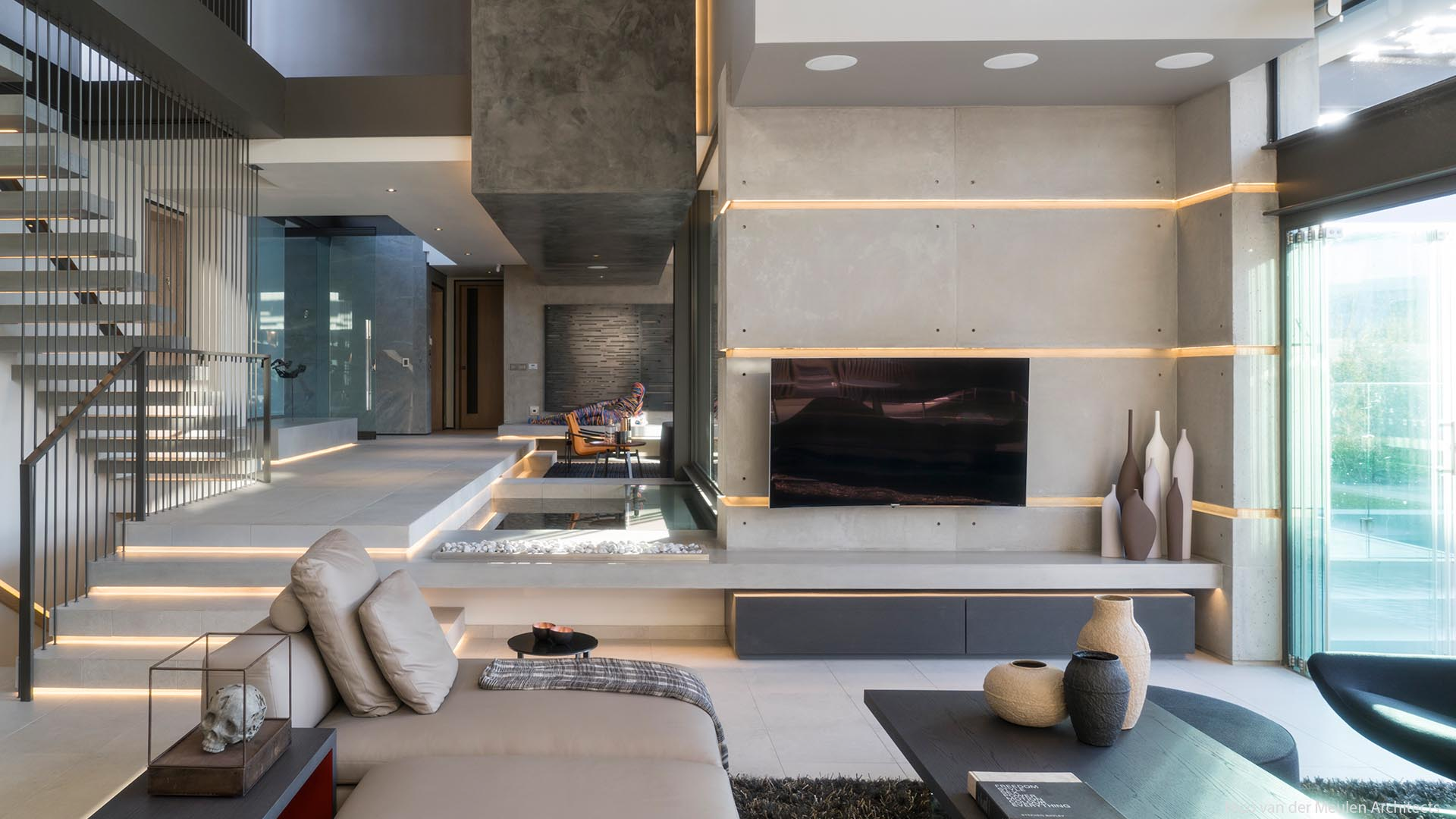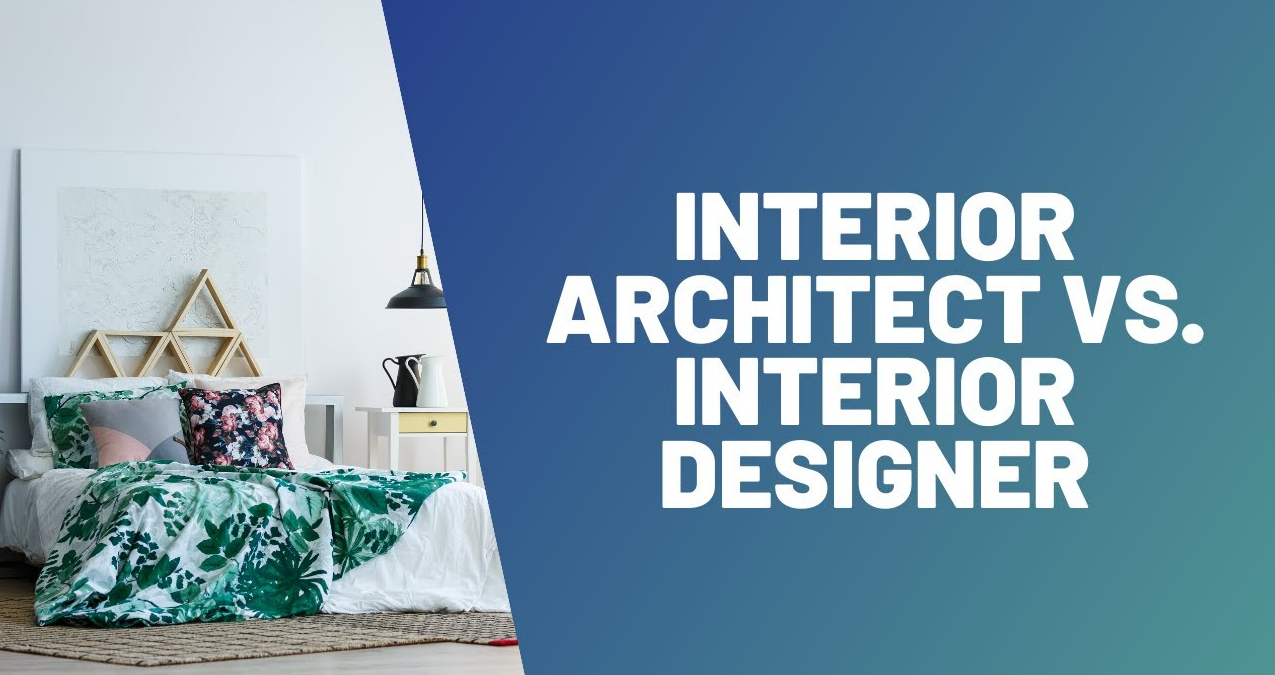Hire a High-End Architect to Create a Stunning Property
Hire a High-End Architect to Create a Stunning Property
Blog Article
The Art of Balance: Exactly How Interior Design and Home Architect Collaborate for Stunning Outcomes
In the world of home style, striking an equilibrium between appearances and capability is no tiny task. This fragile equilibrium is accomplished with the unified collaboration in between indoor designers and architects, each bringing their special expertise to the table. Keep with us as we discover the ins and outs of this joint process and its transformative influence on home design.
Understanding the Core Distinctions In Between Interior Decoration and Home Style
While both Interior Design and home design play vital functions in producing aesthetically pleasing and useful rooms, they are inherently different disciplines. Home style mainly focuses on the architectural aspects of the home, such as constructing codes, security guidelines, and the physical building of the room. It takes care of the 'bones' of the structure, collaborating with spatial dimensions, load-bearing wall surfaces, and roofing styles. On the other hand, Interior Design is extra worried with improving the aesthetic and sensory experience within that structure. It entails selecting and preparing furniture, selecting color pattern, and incorporating attractive elements. While they function in tandem, their duties, obligations, and locations of competence diverge considerably in the production of a harmonious home atmosphere.
The Harmony In Between Home Architecture and Interior Decoration
The harmony in between home architecture and Interior Design depends on a shared vision of design and the improvement of functional appearances. When these 2 fields align harmoniously, they can transform a space from ordinary to remarkable. This collaboration calls for a much deeper understanding of each discipline's principles and the capacity to develop a natural, aesthetically pleasing environment.
Unifying Design Vision
Merging the vision for home design and interior design can develop a harmonious living room that is both functional and cosmetically pleasing. It advertises a collaborating method where architectural aspects enhance interior layout elements and vice versa. Hence, unifying the style vision is crucial in mixing architecture and interior layout for spectacular outcomes.
Enhancing Practical Visual Appeals
Just how does the synergy in between home style and Interior Design boost functional appearances? This synergy allows the production of spaces that are not just aesthetically appealing but also easily functional. Architects prepared with their structural design, making sure that the area is reliable and sensible. The indoor developer then complements this with thoroughly chosen aspects that improve the looks without endangering the capability. This harmonious cooperation can lead to homes that are both livable and attractive. An architect might develop a house with big home windows and high ceilings. The indoor designer can after that emphasize these features with large curtains and high plants, specifically, thus boosting the visual appeal while keeping the useful advantages of all-natural light and space.
Significance of Collaboration in Creating Balanced Spaces
The collaboration in between indoor designers and engineers is crucial in producing well balanced areas. It brings harmony between style and architecture, bring to life areas that are not only aesthetically pleasing but likewise useful. Exploring successful collective approaches can provide understandings right into how this synergy can be efficiently achieved.
Balancing Layout and Style
Balance, a crucial facet of both indoor layout and architecture, can just truly be achieved when these two fields job in consistency. This collaborative process results in a natural, balanced design where every component adds and has a purpose to the total aesthetic. Integrating layout and architecture is not just concerning creating lovely spaces, but regarding crafting areas that work flawlessly for their inhabitants.
Successful Joint Methods

Situation Researches: Effective Integration of Style and Architecture
Taking important site a look at a number of situation studies, it ends up being apparent just how the successful assimilation of Interior Design and architecture can transform a space. The Glass House in Connecticut, renowned for its minimalistic sophistication, is one such instance. Designer Philip Johnson and interior developer Mies van der Rohe worked together to produce an unified balance in between the inside and the structure, resulting in a seamless circulation from the exterior landscape to the inner living quarters. Another exemplar is the Fallingwater House in Pennsylvania. Engineer Frank Lloyd Wright and interior designer Edgar Kaufmann Jr.'s joint initiatives bring about a strikingly one-of-a-kind house that blends with its natural environments. These case research studies highlight the profound effect of an effective layout and style collaboration.

Getting Rid Of Challenges in Style and Design Collaboration
Regardless of the indisputable advantages of an effective cooperation in between Interior Design and design, it is not without its obstacles. Interaction problems can develop, as both celebrations might use different terminologies, understandings, and approaches in their job. This can bring about misunderstandings and hold-ups in task completion. One more major obstacle is the balancing act of aesthetic appeals and performance. Architects may focus on structural honesty and safety, while developers concentrate on convenience and design. The combination of these goals can be complicated. Additionally, budget plan and timeline restraints frequently add pressure, potentially causing rifts in the collaboration. Effective interaction, common understanding, and compromise are critical to overcome these challenges and achieve a unified and effective cooperation.

Future Trends: The Advancing Partnership In Between Home Architects and Interior Designers
As the world of home design remains to evolve, so does the connection between designers and interior developers. The trend leans in the direction of a much more integrated and collective strategy, breaking free from standard roles. Architects are no much longer exclusively concentrated on architectural integrity, but likewise involve in boosting visual charm - Winchester architect. On the other hand, indoor developers are welcoming technological elements, affecting general design and capability. This evolving synergy is driven by developments in innovation and the expanding demand for spaces that are not only aesthetically pleasing however also functional and lasting. The future promises a much more cohesive, cutting-edge, and adaptive strategy to home style, as engineers and developers proceed to obscure the lines, promoting a connection that really personifies the art of equilibrium.
Final thought
The art of equilibrium in home layout is achieved via the harmonious partnership in between indoor designers and architects. An understanding Find Out More of each various other's techniques, efficient communication, and shared vision are critical in developing visually spectacular, useful, and welcoming rooms. Regardless of challenges, this partnership my review here promotes development and development in style. As the connection between home architects and interior designers progresses, it will proceed to shape future fads, boosting convenience, effectiveness, and individual expression in our home.
While both indoor layout and home design play necessary roles in producing aesthetically pleasing and practical rooms, they are naturally different self-controls.The harmony in between home style and indoor style exists in a shared vision of design and the improvement of useful looks.Merging the vision for home style and interior layout can create an unified living room that is both useful and cosmetically pleasing. Thus, unifying the design vision is important in mixing style and indoor style for spectacular results.
How does the harmony between home design and indoor design enhance practical aesthetics? (Winchester architect)
Report this page